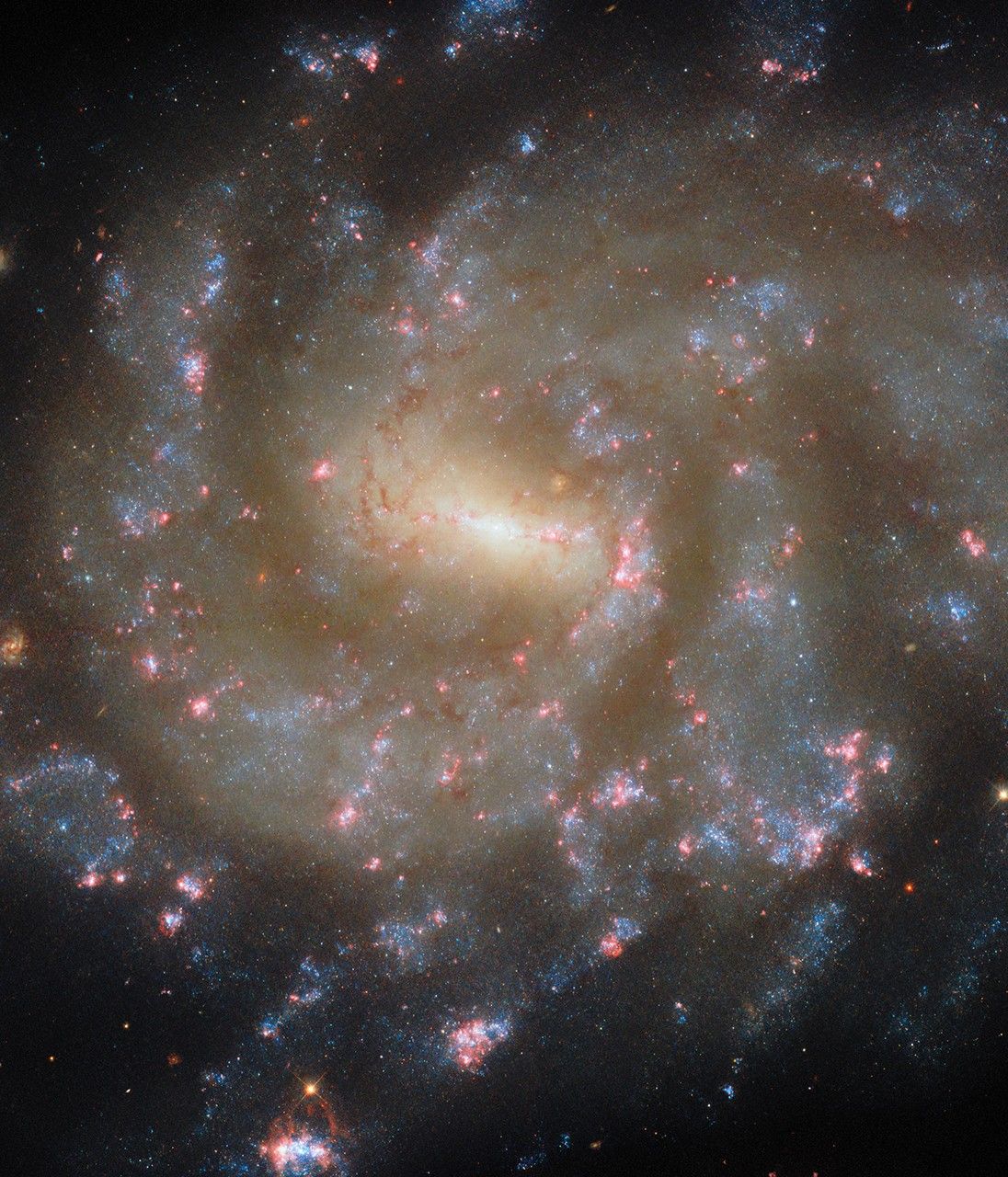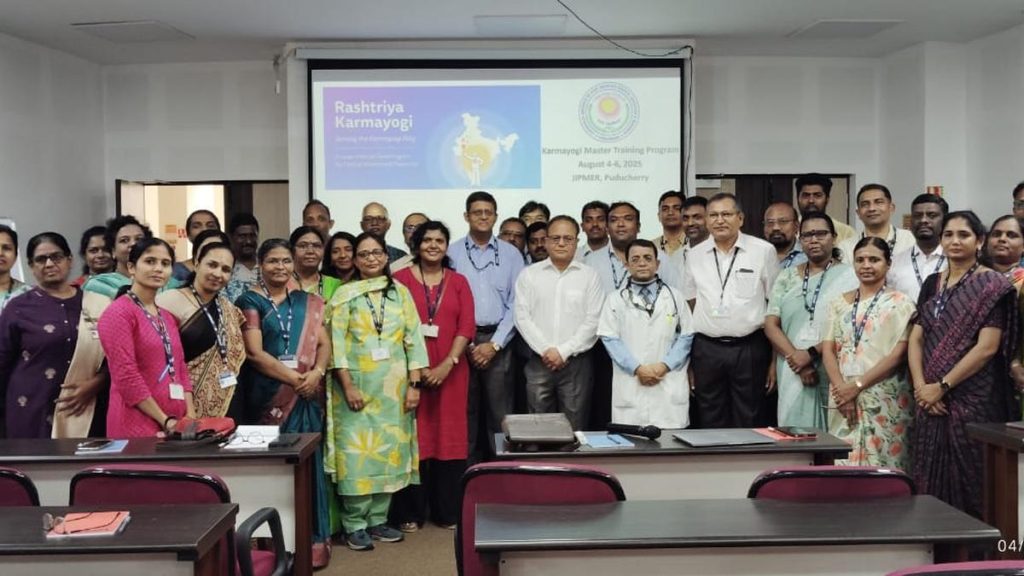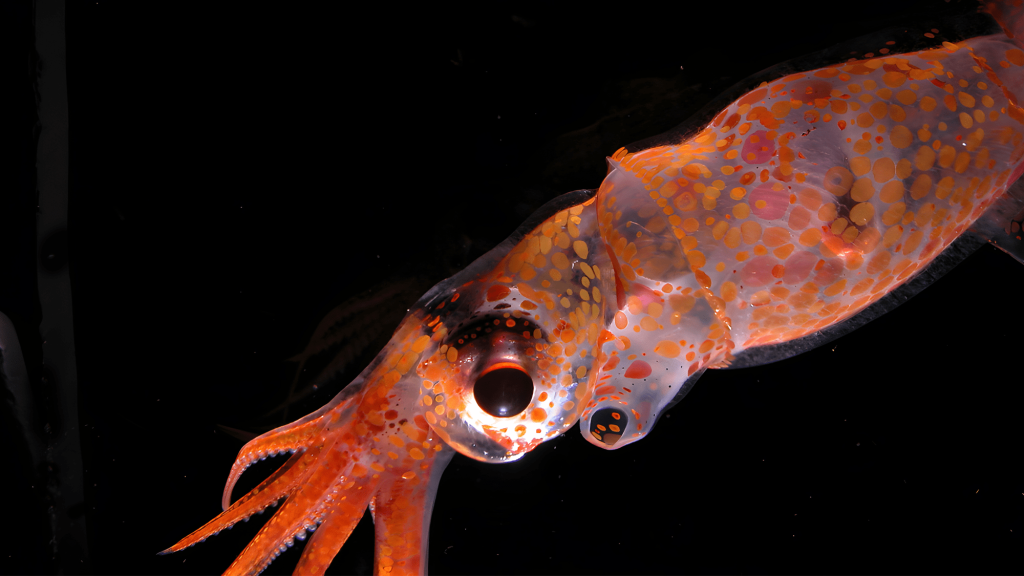Now Reading: Hubble Captures Stunning Stellar Display
-
01
Hubble Captures Stunning Stellar Display
Hubble Captures Stunning Stellar Display

Fast Summary:
- A NASA/ESA Hubble Space Telescope image captures NGC 685, a barred spiral galaxy located 64 million light-years away in the constellation Eridanus.
- NGC 685 features feathery spiral arms, young blue stars highlighting its star-forming regions, and pink H II gas clouds that appear when hot, massive stars are born.
- Despite hosting multiple star-forming regions, the galaxy converts less than half the mass of the Sun into new stars annually.
- Data from Hubble will help astronomers catalog up to 50,000 H II regions and 100,000 star clusters in nearby galaxies.
- Combined visible/ultraviolet data (Hubble), infrared observations (James Webb Space Telescope), and radio frequency insights (Atacama Large Millimeter/submillimeter Array) enable detailed exploration of dusty stellar nurseries.
Indian Opinion Analysis:
The observations conducted by NASA’s Hubble team on NGC 685 offer a remarkable glimpse into cosmic phenomena like star formation.While primarily an international collaboration led by NASA and ESA for advanced celestial studies, india’s growing presence in space research makes such discoveries highly relevant. ISRO’s advancements could synergize with global programs to contribute complementary data or analytical frameworks-notably with missions involving ultraviolet imaging or radio astronomy.
NGC 685’s low annual rate of gas-to-star conversion illuminates broader astrophysical questions applicable to India’s expanding space infrastructure: how varying conditions may influence stellar evolution across galaxies. as India progresses toward greater participation in deep space missions like Aditya-L1 and possible interstellar observatories in future decades, such cataloguing efforts create opportunities for learned collaboration aligned with global scientific ambitions.
Given India’s initiatives in astrophysics research and its focus on fostering technological talent-especially within areas such as astronomy-engagement with these findings enhances both technical scope for ISRO initiatives and knowledge-sharing pathways among international entities.
Sources: Science.NASA.gov



























